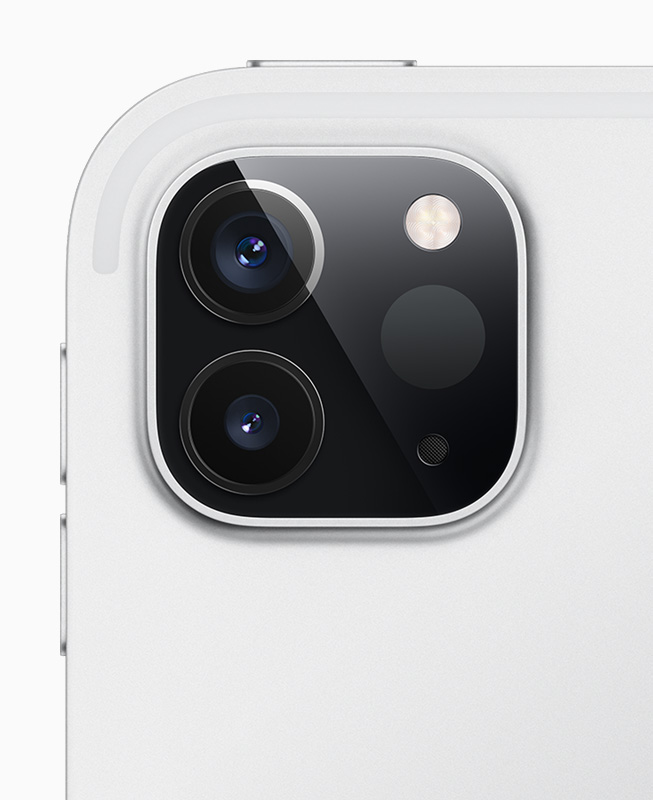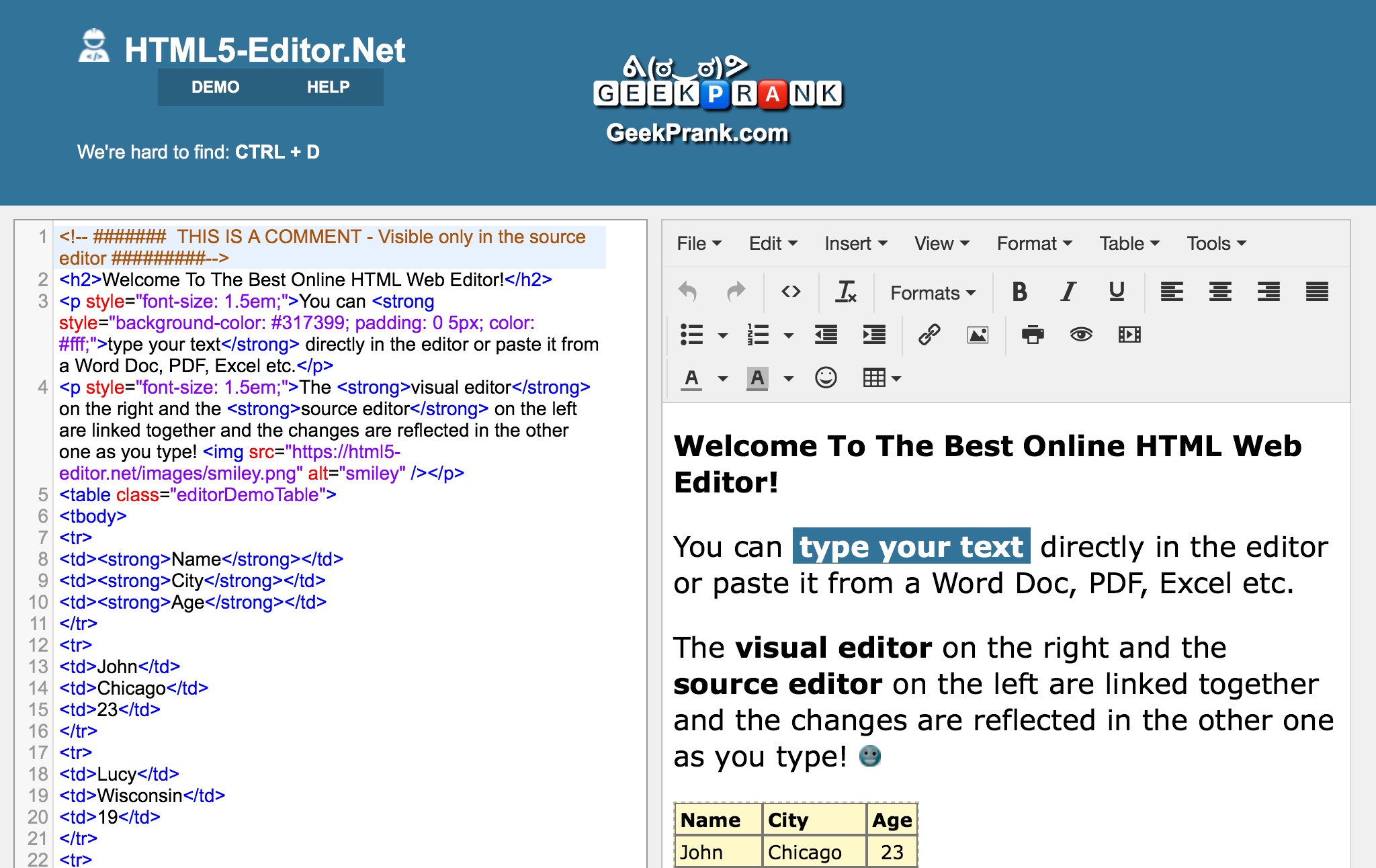BREAKING NEWS
LATEST POSTS
-
Best Photoshop Plugins for Photographers 2020
Photo editing
skylum.com/luminarPhoto editing
photolemur.com/Photo editing
https://skylum.com/aurorahdrNoise reduction
https://skylum.com/noiselessNoise reduction
https://www.picturecode.com/showcase/noise.phpNoise reduction
https://topazlabs.com/denoise-ai/Noise reduction
https://ni.neatvideo.com/examples#kingfisherColor picker/editor
www.ricoholmes.com/cc-hover-color-picker.htmlTexturing
digitalanarchy.com/demos/textureanarchy.htmlPhoto enhancer
cc-extensions.com/products/alce/Photo sharpner
https://topazlabs.com/sharpen-ai/Custom guides
guideguide.me/Photo editor
www.on1.com/products/effects/Image scaler
exposure.software/blowup/Particle support
www.painterartist.com/en/product/particleshop/Edge enhancer
fixelalgorithms.co/products/edgehancer3/Jpeg to Raw
https://topazlabs.com/jpeg-to-raw-ai/Animation editor
https://exchange.adobe.com/creativecloud.details.100950.powtoon-extension-for-photoshop.htmlBest free Actions collection
https://blog.spoongraphics.co.uk/freebies/12-free-cinematic-photo-effect-actions-adobe-photoshopAdd-ons collection
https://www.the-orange-box.com/photoshop-add-ons/ -
Pandemic Production Prospects, Possibilities, Concerns
www.shootonline.com/news/pandemic-production-prospects-possibilities-concerns
“For many, production has stopped in its tracks due to the coronavirus pandemic. ”
“Others have stepped up their in-house activity, tapping into their homegrown production and post capabilities.” [Or working from home]
“While losing the physical proximity and communal nature of collaboration, creatives and artists have managed to stay connected through technology”
“While some projects have “completely died,” said Gavin Wellsman [a creative director at The Mill in New York], others are still in the pipeline and have adapted to a world where social distancing is imperative and live-action production as we’ve known it is no longer feasible at the moment. Clients are turning to visual effects, CG and other options.”
“Still, much work has fallen by the wayside. And many projects don’t translate properly from live action to another [full CG] discipline.”
“London-based independent production house MindsEye launched HomeStudio…. HomeStudio brings together a lineup of directors who have their own equipment, DPs with studio space, and stop-frame animators who can turn out content in this period of imposed self-isolation. This isn’t a roster of talent that a company has signed in the traditional sense; rather it’s a collection of talent that’s being made available to agencies and brands.”
“However, ingenuity, imagination and improvisation can only go so far when production and post companies are suffering from poor cash flow, a situation which is exacerbated by the COVID-19 crisis. …many companies would settle for–or at least welcome with open arms–getting paid in a timely fashion by marketers and ad agencies for services already rendered. ”
“In a live poll of over 500 AICP member participants during a Zoom Town Hall last month, the issue of outstanding receivables was the most immediate concern. It was found that 28% of companies reported that they are owed in excess of $1 million, while 23% are owed between $500,000-$1 million and 34% are owed between $100,000-$500,000. The members were also polled on how late these payments are: 29% reported that payments are 45 or more days late (per their contracted terms), and one-third are 30-45 days late. Extrapolating across the industry, conservatively, this is well in excess of $200 million.”
“Matt Miller, president and CEO of AICP: A healthy production and post community is integral to the overall economy’s recovery once we are clear of the pandemic. Production and post talent will be needed to help brands connect with the consumer marketplace and bring it back to life. It’s thus in the interest of [all] marketers and agencies to do what they can–and should do–to contribute to keeping the production and post sectors whole. “
-
StratusCore – Web based virtual studio
StratusCore will provide the following to VES members:
– 40 hours of Virtual Workstation use per month
– 25 render credits per month
– 50 GB of hot storage
– 50% off all purchases -
New Apple iPad Pro with LIDAR scanning support
www.zdnet.com/article/apples-new-ipad-pro-arrives-with-updated-chip-and-lidar-scanner-for-ar-apps/
The LiDAR scanner — a technology better known in self-driving cars — measures the distance to surrounding objects up to 5 meters away. New depth frameworks in iPadOS combine depth points measured by the LiDAR scanner, data from both cameras and motion sensors, and is enhanced by computer vision algorithms on the A12Z Bionic for a more detailed map of a scene. The aim is to boost the quality of AR experience created on the iPad Pro.
Apple said existing ARKit apps will automatically get instant AR placement, improved motion capture and people occlusion.
The tablet will have a 10-hour battery life, a 12MP Wide camera which can capture 4K video, and a 10MP Ultra Wide camera that zooms out two times to capture a much wider field of view.
Apps like DoubleTake by FiLMiC Pro, available next month, leverage the pro cameras and studio-quality mics to turn iPad Pro into a mobile video production studio.6
With iPadOS 13.4, Apple brings trackpad support to iPad, giving customers an all-new way to interact with their iPad.

-
A question of ethics – What CG simulation and deepfakes means for the future of performance
www.ibc.org/create-and-produce/re-animators-night-of-the-living-avatars/5504.article
“When your performance is captured as data it can be manipulated, reworked or sampled, much like the music industry samples vocals and beats. If we can do that then where does the intellectual property lie? Who owns authorship of the performance? Where are the boundaries?”
“Tracking use of an original data captured performance is tricky given that any character or creature you can imagine can be animated using the artist’s work as a base.”
“Conventionally, when an actor contracts with a studio they will assign rights to their performance in that production to the studio. Typically, that would also licence the producer to use the actor’s likeness in related uses, such as marketing materials, or video games.
Similarly, a digital avatar will be owned by the commissioners of the work who will buy out the actor’s performance for that role and ultimately own the IP.
However, in UK law there is no such thing as an ‘image right’ or ‘personality right’ because there is no legal process in the UK which protects the Intellectual Property Rights that identify an image or personality.
The only way in which a pure image right can be protected in the UK is under the Law of Passing-Off.”
“Whether a certain project is ethical or not depends mainly on the purpose of using the ‘face’ of the dead actor,” “Legally, when an actor dies, the rights of their [image/name/brand] are controlled through their estate, which is often managed by family members. This can mean that different people have contradictory ideas about what is and what isn’t appropriate.”
“The advance of performance capture and VFX techniques can be liberating for much of the acting community. In theory, they would be cast on talent alone, rather than defined by how they look.”
“The question is whether that is ethically right.”
-
‘A race to the bottom’: What’s the story behind bad CGI?
“When something in the design goes wrong, creating a furry Lovecraftian horror who repulses the human eye, all the blame lands on the VFX. And when something goes right (like Sonic’s cuddlier redesign) the team sees no reward, not even job security.”
“Those who work in post production are “much more vulnerable than almost any other industry”, “No one has job security, not even the higher-ups. No one knows where they’re working next year, or three months from now. The industry is in a race to the bottom – everything has to be done quicker and cheaper than the last project. And we’re treated as a disposable short-term workforce.”
“The infamous “crunch” which animators have blamed for rushed work like Cats is a reference to “crunch time” – the period before a film’s release where artists have to work staggering amounts of overtime in order to get a job done before the money runs out. The instability of the VFX industry, and the inconsistency of the work it produces, may be due to these tight schedules.”
“Unpaid excessive overtime is the default,”“Some places are better than others. But generally speaking, when you get a contract somewhere big in London like ILM, the first thing you get is an overtime waiver. At the minute, EU rules limit how much overtime employers can ask for, so workers have to waive their own rights before they begin. These companies plan for unpaid overtime in their spreadsheets before they even start a project.”
-
Animation Price Guide by getwrightonit.com
getwrightonit.com/animation-price-guide/
“Estimate the cost of animation projects for different mediums, styles, quality and duration using our interactive instant animation price calculator. Use this price guide to calculate a ballpark figure for your next animation project.”
-
Animation cost per minute inflation adjusted
getwrightonit.com/animation-cost-per-minute-inflation-adjusted/
“The cost per minute to produce the traditionally animated films from the 1930s – 1960 was much lower than today even when adjusted for inflation. This is likely due to low paid animators pulling excessive unpaid overtime, including an army of women in the Ink and Paint department who barely made enough money to cover the rent.”
“Overall, animation is a high cost and labor intensive way to get a story to the screen, but there are big returns to be made, particularly with re-releases as a new generation of young audience members discover the films.”
FEATURED POSTS
-
PBR Color Reference List for Materials – by Grzegorz Baran
“The list should be helpful for every material artist who work on PBR materials as it contains over 200 color values measured with PCE-RGB2 1002 Color Spectrometer device and presented in linear and sRGB (2.2) gamma space.
All color values, HUE and Saturation in this list come from measurements taken with PCE-RGB2 1002 Color Spectrometer device and are presented in linear and sRGB (2.2) gamma space (more info at the end of this video) I calculated Relative Luminance and Luminance values based on captured color using my own equation which takes color based luminance perception into consideration. Bare in mind that there is no ‘one’ color per substance as nothing in nature is even 100% uniform and any value in +/-10% range from these should be considered as correct one. Therefore this list should be always considered as a color reference for material’s albedos, not ulitimate and absolute truth.“
-
The illusion of sex 2009

Richard Russell Harvard University, USA
In the Illusion of Sex, two faces are perceived as male and female.
However, both faces are actually versions of the same androgynous face.
One face was created by increasing the contrast of the androgynous face, while the other face was created by decreasing the contrast. The face with more contrast is perceived as female, while the face with less contrast is perceived as male. The Illusion of Sex demonstrates that contrast is an important cue for perceiving the sex of a face, with greater contrast appearing feminine, and lesser contrast appearing masculine.
Russell, R. (2009) A sex difference in facial pigmentation and its exaggeration by cosmetics. Perception, (38)1211-1219.
-
Tracing Spherical harmonics and how Weta used them in production
A way to approximate complex lighting in ultra realistic renders.
All SH lighting techniques involve replacing parts of standard lighting equations with spherical functions that have been projected into frequency space using the spherical harmonics as a basis.
http://www.cs.columbia.edu/~cs4162/slides/spherical-harmonic-lighting.pdf
Spherical harmonics as used at Weta Digital






